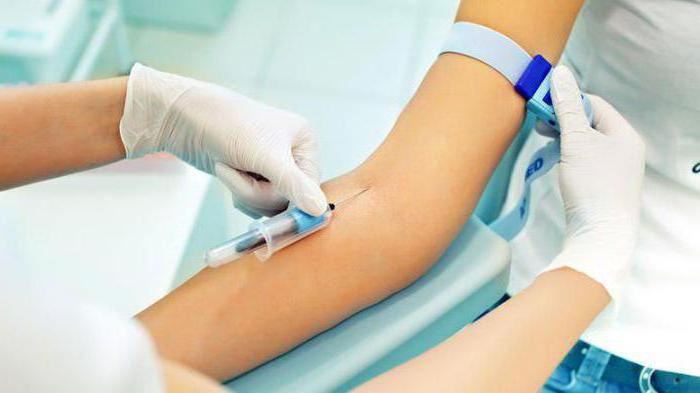Key Responsibilities of a phlebotomist: A Comprehensive guide to Blood Collection & Patient Care
Are you considering a career as a phlebotomist or simply curious about what this essential healthcare role entails? Phlebotomists are vital members of the medical team, responsible for collecting blood samples with precision, ensuring patient safety, and maintaining strict safety protocols. This comprehensive guide explores the key responsibilities of a phlebotomist, their role in patient care, and practical tips for excelling in this rewarding profession.
Introduction
Blood collection is a foundational component of diagnostic testing, disease monitoring, and medical research. Behind every successful blood test is the skilled work of a phlebotomist.Their responsibilities go beyond merely drawing blood; they encompass patient interaction, safety management, and adherence to clinical standards. Whether you are a prospective student or an employer seeking to understand the role, understanding the key responsibilities of a phlebotomist is crucial for appreciating this healthcare profession’s meaning.
Core Responsibilities of a Phlebotomist
Phlebotomists are tasked with a variety of duties that ensure accurate test results and optimal patient comfort. Their responsibilities can be broadly categorized into blood collection procedures, patient care, safety protocols, record keeping, and professional communication.
1. Proper Blood collection Techniques
Effective blood collection is the cornerstone of a phlebotomist’s role. This involves:
- Identifying suitable veins for venipuncture or capillary puncture
- Preparing sterile equipment, including needles, vials, alcohol swabs, and tourniquets
- Applying the correct technique to draw blood efficiently and minimize discomfort
- Labeling samples accurately to prevent identification errors
- Monitoring the patient during the procedure to ensure their comfort
2. Ensuring Patient Comfort & Care
Patient interaction plays a critical role in successful blood collection. Responsibilities include:
- Explaining the procedure clearly to alleviate patient anxiety
- Answering questions and addressing concerns compassionately
- Supporting patients with mobility or health issues
- Observing patient reactions and providing reassurance throughout
3. Adherence to Safety and Infection Control Measures
Safety is paramount when handling blood samples. Phlebotomists must:
- Follow strict infection control protocols to prevent contamination and disease transmission
- Wear personal protective equipment (PPE) such as gloves and masks
- Dispose of sharps and biohazard materials properly
- Maintain a clean and sterile work surroundings
4. Accurate Record Keeping and Sample Management
Precise documentation ensures the integrity of laboratory testing. Responsibilities include:
- Recording patient details, test orders, and sample data accurately
- Logging sample collection times and barcoding samples if applicable
- Managing sample transport and storage following protocol
5. Collaboration with Healthcare Team
Phlebotomists often work closely with nurses,lab technicians,and physicians. Their role involves:
- Communicating sample status and issues
- Assisting with diagnostic procedures as needed
- Reporting any adverse patient reactions or collection errors
6. Managing Equipment and Supplies
Keeping equipment in top condition is crucial. Tasks include:
- Inspecting equipment for damage or contamination
- Restocking supplies regularly
- Ensuring safe disposal of used materials
Benefits and Practical Tips for Aspiring Phlebotomists
Entering the field of phlebotomy offers numerous benefits, including job stability, competitive salaries, and the prospect to make a positive impact on patient health. Here are some practical tips for aspiring professionals:
- Gain proper certification: Most states and employers require certified phlebotomists, ensuring adherence to standards.
- Develop excellent communication skills: Comfort and trust are vital for patient cooperation.
- Practice blood collection techniques: Hands-on training improves proficiency and confidence.
- Prioritize patient safety: Always follow safety protocols and infection control measures.
- Stay updated with industry standards: Continued education enhances skills and employment prospects.
Case Study: A Day in the Life of a Phlebotomist
| Time | Activity | Details |
|---|---|---|
| 8:00 AM | Start of shift | Check supplies, review schedule, and prepare equipment |
| 8:30 AM | patient blood draw | Assist a nervous patient, explain procedure, perform venipuncture |
| 10:00 AM | Record keeping | Label samples, update patient records |
| 11:00 AM | Safety check | Dispose of biohazard waste and sterilize equipment |
| 1:00 PM | Lunch Break | Recharge for the afternoon tasks |
| 2:00 PM | Assist with specimen processing | Help lab technicians prepare samples for testing |
| 4:00 PM | End of shift | Review daily activities and prepare for next day |
First-Hand Experience: Challenges & Rewards
From handling challenging veins to comforting anxious patients, being a phlebotomist requires a unique blend of technical skill and empathy. Many professionals find the role highly rewarding,especially when they see how their work directly contributes to diagnosis and treatment. One common challenge is managing patient discomfort, but with practice and compassion, phlebotomists can turn stressful situations into positive experiences.
Conclusion
The responsibilities of a phlebotomist are diverse and vital to the healthcare system. Their expertise in blood collection, patient interaction, safety protocols, and collaboration ensures accurate laboratory testing and optimal patient outcomes. Whether you’re pursuing certification or seeking to understand this essential healthcare role, recognizing the key responsibilities of a phlebotomist underscores their importance in medical diagnostics and patient care. With a commitment to professionalism and compassion, a career in phlebotomy offers both personal fulfillment and meaningful contribution to health and well-being.
If you’re interested in becoming a certified phlebotomist or improving your skills, explore training programs and certifications today! Learn More
